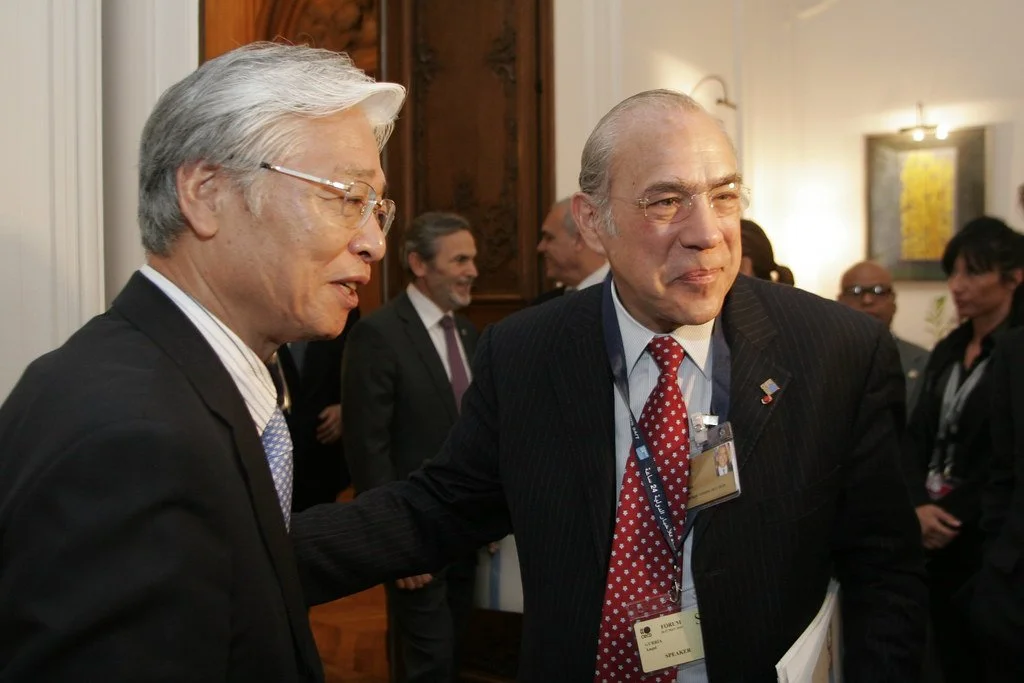At The Heart Of Japan’s Post-War Economic Miracle: Resilient Trade System & Sound Currency
Japan has always punched above its weight. The country is the third largest economy in the world. It has some of the most well-renowned brands in the world — Sony, Toyota, Honda, and Nintendo, to name a few. It is also home to some of the most famous cities in the world — Tokyo, Osaka, and Nagoya. Japan experienced a substantial economic boom after World War II.
The country quickly recovered from both war and the Great Depression and moved forward into an industrial society with the highest living standards on earth. Japan's share in global output has almost quadrupled since World War II. It currently is the fifth largest economy in the world by nominal GDP (at market exchange rates) and the third largest by purchasing power parity. How did Japan manage to recover from the World War II defeat? Why has Japan deviated from the traditional Asian financial model?
Statistics
In the last few decades, Japan has experienced a sharp economic drop. Still, it has recovered and is now one of the most powerful economies in the world. Its GDP is $5.8 trillion (as of 2018). It ranks second in nominal GDP (behind China) and fourth in purchasing power parity (behind the United States, China, and India).
The nation is home to some of the most influential companies in the world, including Toyota Motors, Honda Motor Company, and Mitsubishi Motors. These three companies alone comprise 20% of Japan's GDP and employ over 1 million people combined. Japan's GDP per capita is
$40,200. That puts it in 42nd place in the world for GDP per capita. That is significantly lower than the United States GDP per capita at $59,500.
The Japanese economy relies heavily on exports to other countries. It receives more than half of its GDP from foreign trade. This makes it vulnerable to external factors like fluctuations in global demand or interest rates. However, despite this vulnerability, Japan’s economy is surprisingly resilient. This is primarily due to its large domestic market that demands quality goods and services at competitive prices.
The Role of Trade
Many factors throughout its history have affected Japan's economy, including World War II, which caused Japan to focus on developing industries related to military production; the oil crises in 1973 and 1979; and the rise of China as an economic powerhouse. Despite these challenges, Japan remains one of the world's most powerful economies today—and it is still heavily dependent on trade for its prosperity. The country's trade has allowed it to grow into a global power, providing a steady source of revenue for its citizens.
The country has a long history of trade that goes back to the days of the Silk Road and continues to this day. Japan has always been involved in international trade and is one of the world's largest exporters of cars, electronics, and other products. As a result, it imports many raw materials from other countries to use in manufacturing those products. For example, Japan imports most of its oil from other nations like Saudi Arabia and the United Arab Emirates. It also imports a lot of steel from China because it has no domestic sources for steel production.
High Savings, Stable Currency and Good Education
The post-war economic growth in Japan is credited to a high savings rate and investment, a stable currency, and a high level of education.
In the decades following World War II, Japan's economy was booming. The country's gross national product (GNP) grew by an average of 9.1% annually, and per capita income increased by about 2% between 1950 and 1970. The GNP increased by 8.8% in just one year alone—1964—and it was estimated that Japan's GNP would double every decade until it surpassed the United States GNP in 1990.
This economic success can be attributed to several factors. One major factor was that Japan had a high savings rate compared to other countries at the time; most economists agree that this helped fuel investment because businesses could rely on having enough capital available for new projects or expansions of existing ones.
Another critical factor was that Japan had a stable currency; this meant that foreign investors were willing to place money into Japanese stocks and bonds because they knew the value wouldn't fluctuate dramatically as it could elsewhere around the globe with more volatile currencies than theirs (like those found in Western Europe).
Finally, Japan's high level of education helps the economy because it creates a well-educated workforce, which is essential to the success of any nation. The more educated the workforce, the more productive it will be. And when companies can produce more goods and services with fewer resources, they can compete globally and grow faster than their competitors.
Edited by Surya Sriram
Featured Image "Angel Gurría, Secretary-General of the OECD in a meeting with Masayuki Naoshima, Minister of Economy, Trade and Industry of Japan" by Organisation for Economic Co-operation and Develop is licensed under CC BY-NC-ND 2.0.

